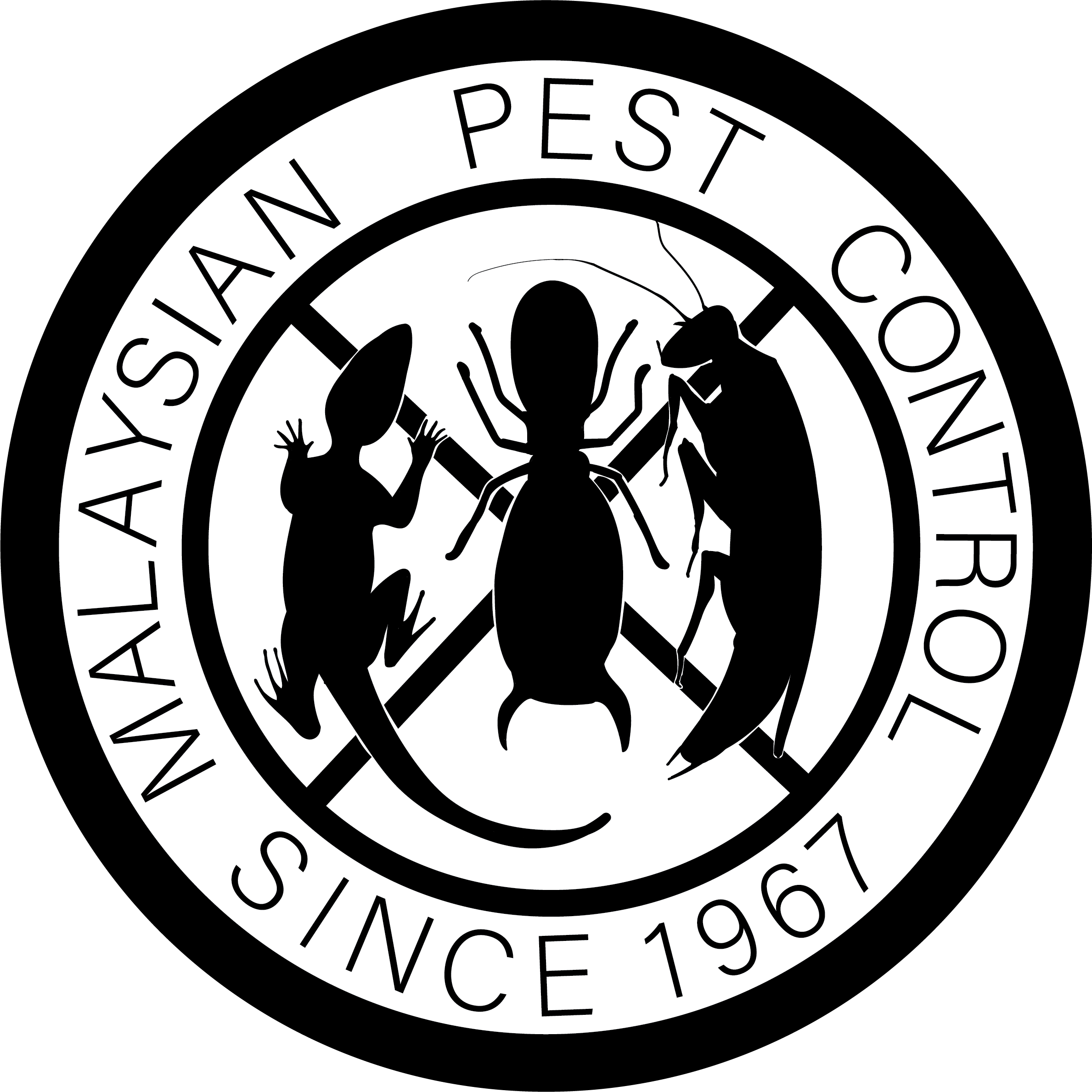Bio-Solution Organic Insecticides
In the quest for environmentally friendly pest control solutions, terms like “bio” and “organic” have become buzzwords, often seen as panaceas for those looking to reduce their chemical footprint. However, the reality of these so-called bio-solutions and organic insecticides is more complex and nuanced than labels might suggest. This article aims to demystify these terms, shedding light on the authenticity, certification, toxicity, and effectiveness of these methods.
1. Naming Gimmick?
Firstly, it’s crucial to understand that not all products labeled as “bio” or incorporating “bio” in their name truly adhere to the principles of biologic or organic methodology. This misnomer can mislead consumers into believing they’re choosing products that are safer for the environment and for themselves. The use of “bio” can sometimes be a marketing tactic, exploiting the growing consumer trend towards eco-friendly products without delivering on the environmental promise. Consumers should be wary of these claims and look beyond the branding to the substance of the product’s ingredients and production methods. Just be extra cautious.
2. Is it certified organic?
Organic certification serves as a beacon of trust and assurance in this murky landscape. When a product claims to be organic, it should be backed by an official certification from a recognized body that verifies the product meets stringent organic standards. These standards typically prohibit the use of synthetic pesticides and fertilizers, ensuring that the product is produced in a way that supports ecosystem health and conserves biodiversity. However, the certification process is rigorous and not all products claiming to be organic have undergone this scrutiny. It’s essential for consumers to seek out these certifications to ensure the products they use are genuinely organic.
3. Non-Toxic means?
The term “non-toxic” is another area of confusion. Many products claim to be non-toxic, suggesting they are safe for use around humans and pets. However, this claim can be misleading. For example, a rat bait that is non-toxic to pets may not harm a cat or dog if ingested in small quantities, but this does not mean it’s safe for general consumption. Safety measures, such as adding ingredients to make the product extremely bitter, are often incorporated to prevent accidental ingestion by children or pets. The message here is clear: non-toxic does not mean edible, and safety guidelines must always be followed. If an ingredient is non-toxic – how could it kill the pest? So the meaning and understanding of toxicity must be clearly explained.
4. Boric Acid – the Magic Pill !!
Furthermore, many organic pest control methods tout the use of boric acid as a key ingredient. While boric acid is derived from a natural source and is less harmful than some synthetic chemicals, its effectiveness as a pesticide is subject to debate. Some studies suggest that boric acid can be an effective insecticide in certain conditions, but its overall efficacy, especially in comparison to more traditional methods, remains a topic of discussion among experts.
Some of our Bio Pest Control Methods
Having said that not all pests have an effective bio-based solution, we do have alternatives which are bio-based which does not use chemical.
Bacillus thuringiensis israelensis (Bti)
Biocontrol methods for mosquito management, and Bacillus thuringiensis israelensis (Bti) is a prominent example. Bti is a naturally occurring bacterium that produces toxins harmful to certain insects, including mosquito larvae, without affecting humans, pets, or other wildlife when used as directed. It’s an environmentally friendly alternative to chemical pesticides.
Bti works specifically against mosquito larvae in water before they can mature into adult mosquitoes. When mosquito larvae ingest the Bti toxins, the toxins disrupt their gut, causing the larvae to stop feeding and die. This method is highly effective for controlling mosquito populations in breeding sites, such as ponds, marshes, and other stagnant water bodies where mosquitoes lay their eggs.
Beauveria Bassiana
Beauveria bassiana is another biocontrol agent, distinct from Bacillus thuringiensis israelensis (Bti) but also utilized for pest control. Beauveria bassiana is a naturally occurring fungus that acts as a parasite on various insect pests. It infects a wide range of insects, including beetles, termites, thrips, whiteflies, and other soft-bodied insects, making it versatile in agricultural and horticultural pest management.
When spores of Beauveria bassiana come into contact with the skin (cuticle) of a susceptible insect, they germinate and penetrate the cuticle, infecting the insect. Once inside, the fungus multiplies, consuming the insect’s internal organs and eventually killing it. The infected insect may exhibit a white, powdery fungal growth over its body as the fungus sporulates on the outside, releasing new spores that can infect other insects.
Beauveria bassiana is considered an environmentally friendly pest control option because it targets specific insects without harming non-target species, including humans, pets, and beneficial insects such as pollinators. It’s used in integrated pest management (IPM) strategies to reduce reliance on chemical pesticides, contributing to sustainable agriculture and horticulture practices.

Metarhizium Anisopliae
Another fungus similar to Beauveria bassiana, Metarhizium anisopliae infects and kills a variety of insects, including beetles, locusts, and other soil-dwelling pests. It is used in agriculture to control pests that damage crops.
Diatomaceous Earth
DE is classified as organic because it comes from fossilized species of single-celled algae. DE is composed mostly of silicon dioxide. The use of DE is commonly used for bed bugs control – however it is only effective if the bed bugs come into contact with the dust. It will cause the bed bugs to dehydrate and die but may require up to 48 hours for it to happen. Therefore the use of DE to control pest is a slow method. Another concern is the dusts itself would be inhaled excessively by human if they are not appropriately used.
Green Solutions by MPC
At Malaysian Pest Control, we do have green product range for treating roaches, rats and some are tested to be pesticide-free by Eurofins Gfa Lab, Germany. These are pest control products made using natural ingredients like sunflower oil, peppermint oil, white pepper. While Greener as they sound, they do not provide visible results as fast as insecticides and also much pricier option. If you are interested in these greener ranges of products, feel free to contact us.



